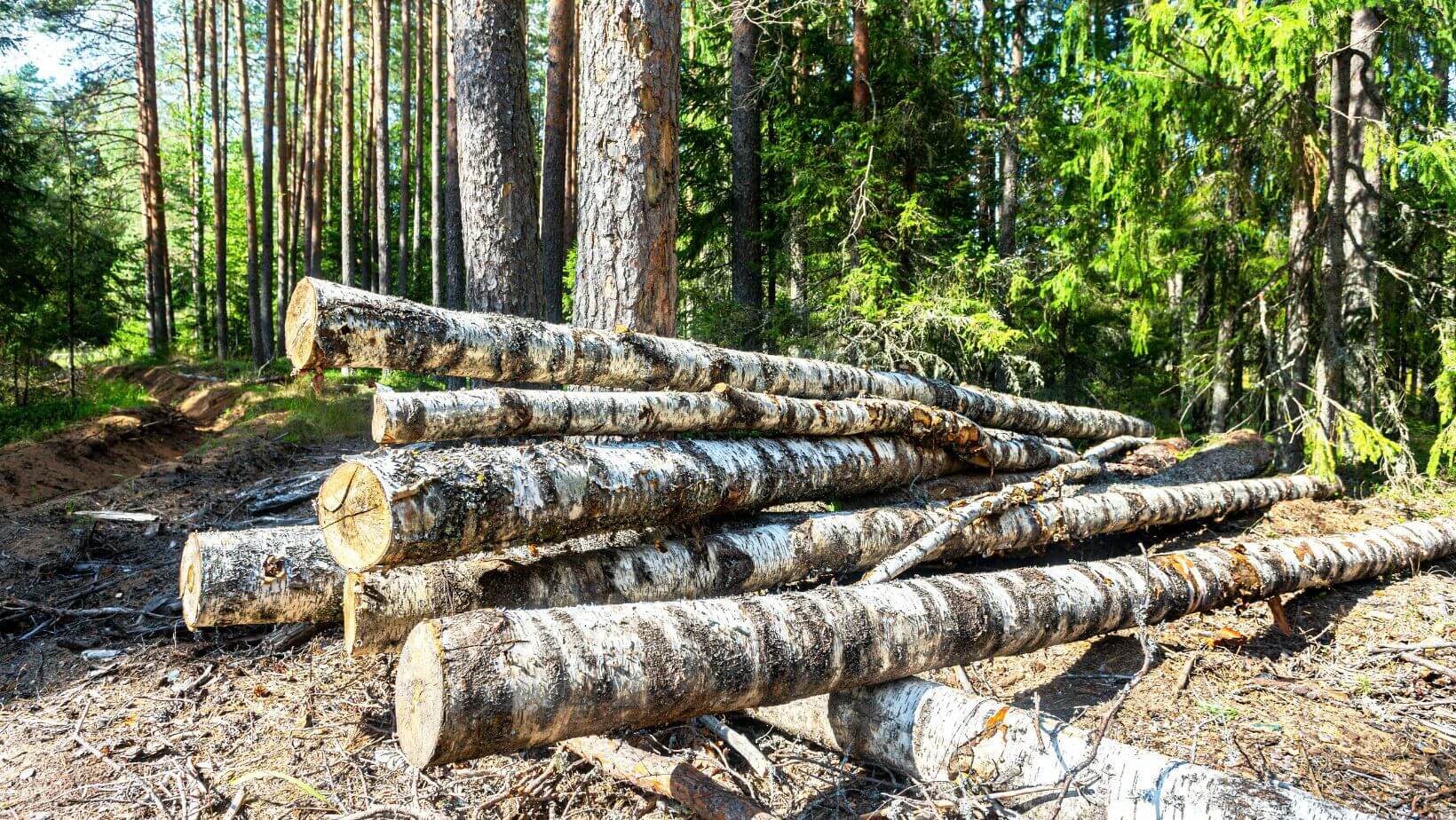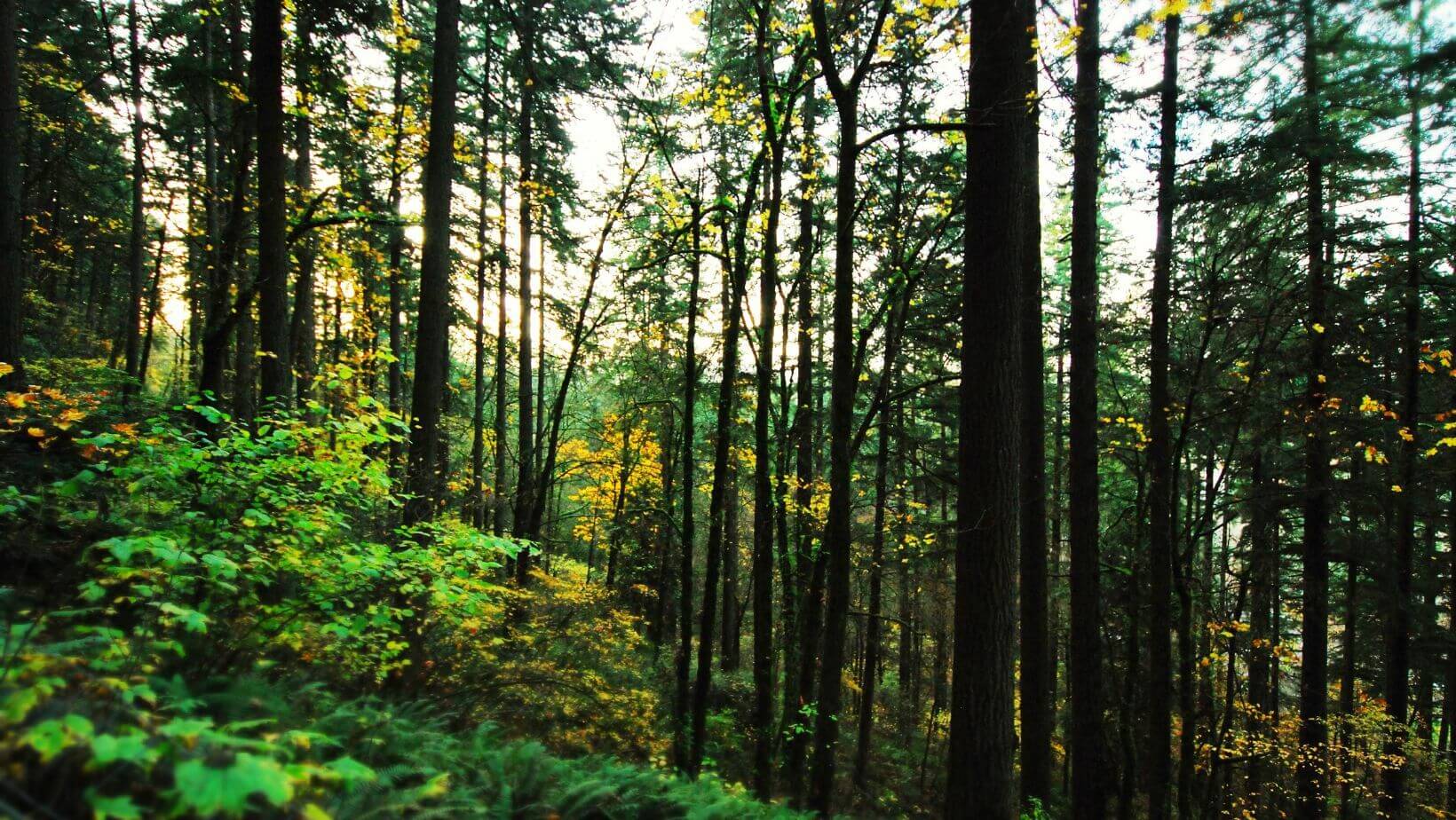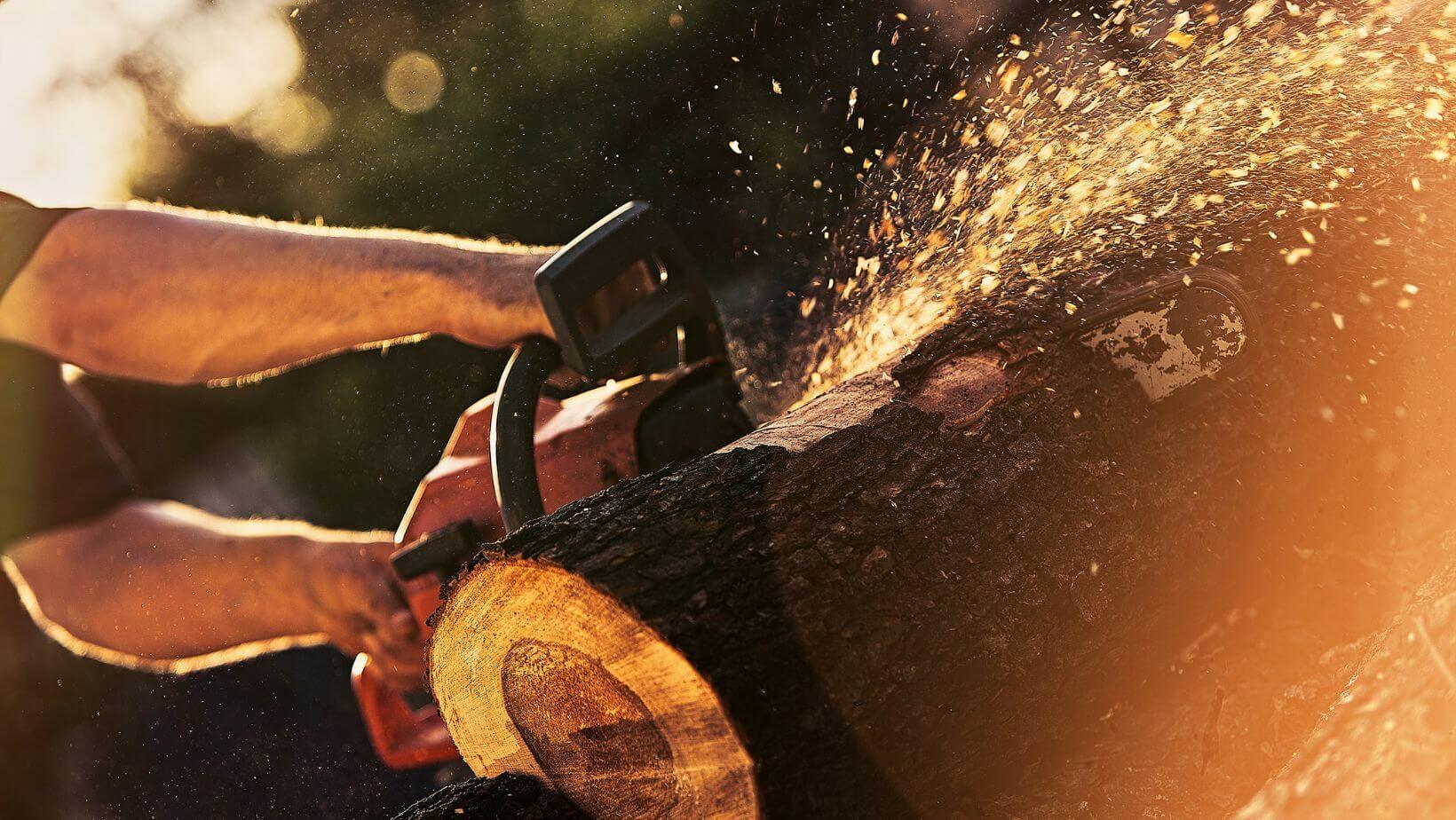Are you concerned about the health and sustainability of our forests? Are you interested in improving your timber stands? Then you’ve found the right place! Timber stand improvement projects, or TSIPs, are crucial for enhancing forest growth and quality. By utilizing sustainable forest management techniques, we can ensure the long-term health and productivity of our forests for future generations.
In this blog, we’ll provide an extensive guide to TSIPs, including state and federal programs that can assist you. Whether you’re seeking to expand your knowledge of sustainable forestry practices or you’re an experienced landowner looking to implement TSIPs, this guide will provide the information you need.
Navigating Closed Canopy Forests in Michigan
 In the picturesque landscapes of Michigan which is renowned for its Great Lakes and vast wilderness lies a critical challenge for wildlife enthusiasts and hunters alike. Statistics reveal that a significant portion of Michigan’s forests, particularly in the eastern and central regions, is characterized by closed canopy conditions. Approximately 55% of Michigan’s total forested area consists of closed canopy forests, where limited sunlight reaches the forest floor.
In the picturesque landscapes of Michigan which is renowned for its Great Lakes and vast wilderness lies a critical challenge for wildlife enthusiasts and hunters alike. Statistics reveal that a significant portion of Michigan’s forests, particularly in the eastern and central regions, is characterized by closed canopy conditions. Approximately 55% of Michigan’s total forested area consists of closed canopy forests, where limited sunlight reaches the forest floor.
This phenomenon presents unique challenges for Michigan’s wildlife. The lack of sunlight reaching the forest floor results in limited food sources, creating a biologically difficult environment for much of the year. Native species and game animals, like white-tailed deer and turkey, struggle to find food and suitable cover.
Timber Stand Improvement (TSI) techniques offer a solution to this problem by transforming closed canopy forests into thriving ecosystems with diverse wildlife and excellent hunting opportunities. By understanding and implementing TSI in Michigan’s environment, we can rejuvenate forests, enhance habitat quality, and improve conditions for wildlife populations in the state.
Effective TSI Techniques for Michigan’s Forest Types
 In Michigan’s diverse forests, where ecosystems range from hardwood-dominated stands to pine-rich woodlands, the implementation of Timber Stand Improvement (TSI) techniques holds great promise. TSI offers targeted solutions to the challenges posed by closed canopy conditions, which are particularly prevalent in Michigan’s landscape.
In Michigan’s diverse forests, where ecosystems range from hardwood-dominated stands to pine-rich woodlands, the implementation of Timber Stand Improvement (TSI) techniques holds great promise. TSI offers targeted solutions to the challenges posed by closed canopy conditions, which are particularly prevalent in Michigan’s landscape.
According to recent forestry data, around 2.6 million acres of Michigan’s forests are classified as having high canopy cover, limiting sunlight penetration. This calls for innovative approaches that cater to the unique composition of Michigan’s trees and wildlife.
Among these approaches, the hack-and-squirt technique has shown exceptional efficacy. By selectively applying herbicides through this method, landowners can encourage the growth of desirable vegetation while effectively controlling undesired species.
Additionally, The double girdling technique allows for the removal of light-restricting trees without cutting them down entirely. This technique is particularly suitable for most months of the year. By exploring these methods customized for Michigan’s forests, we can discover the tools that unlock the potential of these landscapes, enhancing habitats and enriching Michigan’s wildlife heritage.
Customizing TSI for Michigan’s Wildlife Habitat Goals
 In our efforts to adapt Timber Stand Improvement (TSI) techniques to Michigan’s various ecosystems, it is crucial to comprehend the intricate relationship between timber management and wildlife habitat optimization. In this discussion, we will explore strategies that specifically target Michigan’s distinct plant and animal life, aligning habitat enhancement with the objectives of landowners and wildlife enthusiasts. The subsequent points illuminate this customization process:
In our efforts to adapt Timber Stand Improvement (TSI) techniques to Michigan’s various ecosystems, it is crucial to comprehend the intricate relationship between timber management and wildlife habitat optimization. In this discussion, we will explore strategies that specifically target Michigan’s distinct plant and animal life, aligning habitat enhancement with the objectives of landowners and wildlife enthusiasts. The subsequent points illuminate this customization process:
- Adaptable Approaches: Michigan’s forests span a range of conditions, from deciduous hardwoods to coniferous pines, necessitating adaptable TSI strategies that accommodate the distinct needs of various tree species and wildlife populations.
- Optimal Spacing for Sunlight: The spacing between trees takes center stage in maximizing sunlight penetration across Michigan’s landscapes. With varying tree densities and compositions, strategic spacing becomes paramount in fostering diverse habitats and promoting the growth of understory vegetation.
- Michigan’s Wildlife Diversity: Understanding the diversity of Michigan’s wildlife, including species like white-tailed deer, turkey, and small game, guides the selection of TSI techniques that prioritize cover, food sources, and nesting sites for these inhabitants.
- Tailoring for Maximum Impact: By tailoring TSI techniques to Michigan’s specific forest types, landowners and managers can magnify the positive impact on habitat quality. This involves identifying key tree species for retention and considering factors such as canopy closure and available sunlight.
- Aiding Conservation Efforts: The ability to customize TSI techniques aligns with Michigan’s broader conservation efforts. By fostering healthier ecosystems through improved wildlife habitat, TSI contributes to the preservation of the state’s natural heritage for future generations to enjoy.
Exploring Michigan’s landscapes highlights the significance of thoughtful implementation of TSI that respects both the land and its inhabitants.
Timber Stand Improvement Programs in Michigan
 In Michigan, efforts to improve wildlife habitat through Timber Stand Improvement (TSI) are supported by state and federal programs. These initiatives provide essential resources to landowners, helping them optimize forest ecosystems for timber and wildlife. Here, we look into the array of programs available within Michigan, fostering a deeper understanding of the avenues through which TSI can be realized:
In Michigan, efforts to improve wildlife habitat through Timber Stand Improvement (TSI) are supported by state and federal programs. These initiatives provide essential resources to landowners, helping them optimize forest ecosystems for timber and wildlife. Here, we look into the array of programs available within Michigan, fostering a deeper understanding of the avenues through which TSI can be realized:
- Forest Stewardship Program: Michigan’s Forest Stewardship Program offers landowners technical guidance and assistance in devising comprehensive forest management plans. This program equips participants with the knowledge to implement TSI techniques that enhance both habitat quality and timber sustainability.
- Environmental Quality Incentives Program (EQIP): The federal EQIP initiative extends its support to Michigan landowners, providing financial incentives to implement TSI practices that enhance wildlife habitat and ecosystem health. Through EQIP, landowners gain access to resources that foster responsible land management.
- Conservation Reserve Program (CRP): Michigan’s participation in the Conservation Reserve Program opens avenues for landowners to receive financial compensation for enrolling eligible land in conservation practices, including TSI. This mutually beneficial initiative bolsters wildlife habitat while providing economic support to land stewards.
- Technical Assistance and Workshops: A range of workshops, seminars, and technical assistance opportunities are available to Michigan landowners. These gatherings provide a platform for sharing insights, fostering networking, and gaining hands-on knowledge about TSI techniques and their alignment with habitat enhancement.
- Incentives for Sustainable Practices: Michigan’s dedication to sustainable land management is exemplified through programs that encourage the integration of TSI with sustainable forestry practices. These incentives reflect the state’s commitment to fostering diverse habitats while ensuring the long-term viability of forest resources.
Michigan landowners can benefit from programs that enhance timber value, preserve wildlife habitats, and promote responsible stewardship. Through tapping into these resources, Michigan’s landscapes can become thriving ecosystems, showcasing effective TSI and a commitment to responsible stewardship.
Cultivating Michigan’s Forests for a Flourishing Future
In Michigan’s wilderness, the effort to restore closed canopy forests through Timber Stand Improvement (TSI) techniques is a testament to the state’s commitment to nature and stewardship. Landowners and state/federal programs guide the landscape’s transformation into thriving havens for diverse wildlife. Michigan’s ecosystems, from hardwood to conifer-dominated, regain vitality through adaptive TSI strategies.
Tailored interventions ensure healthier habitats, increased timber value, and sustainable resource management for future generations. Michigan’s forests flourish, reflecting a partnership between humans and the natural world.